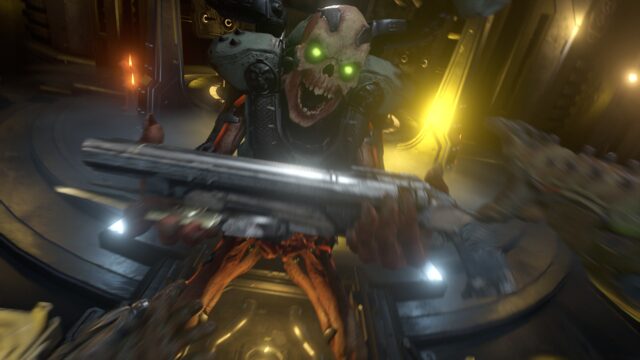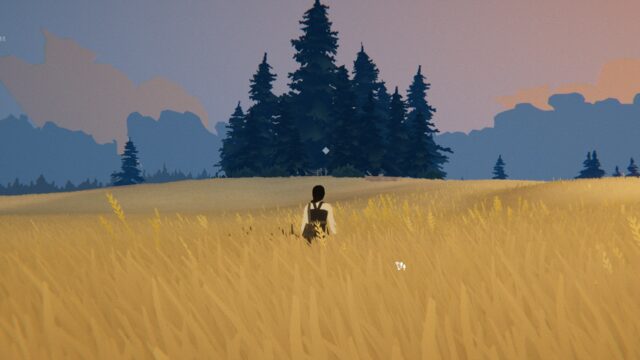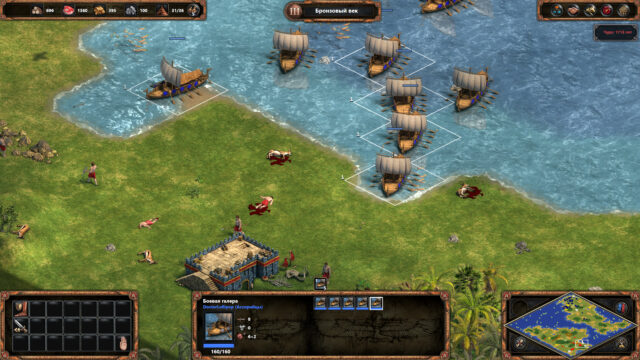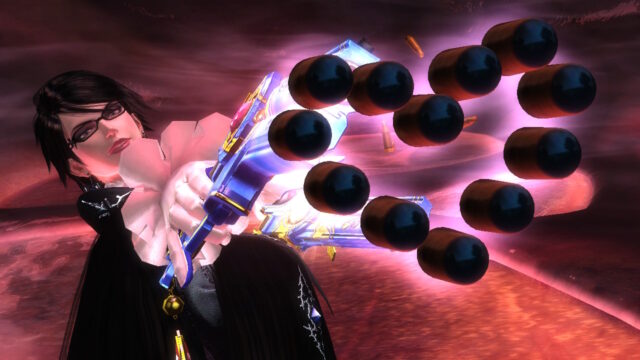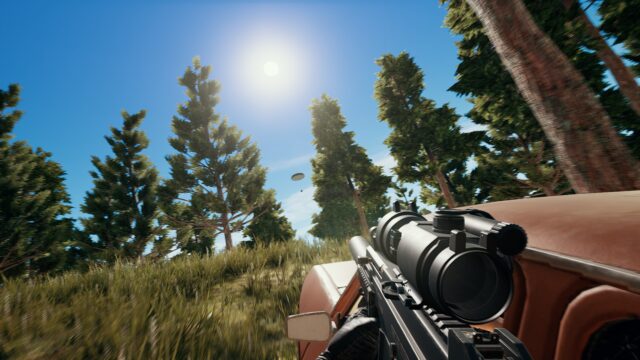Stronghold Crusader 2 Review

The urban planning series Stronghold has been quietly mourned for the past ten years, remembering the former excitement of the first part and looking at what Firefly Studios now indulges fans with.
Judge for yourself: Stronghold 2 is a three-dimensional collection of software errors, and the fantasy spin-off Legends tried to say goodbye to the economic aspect in favor of bloody battles. There is nothing to say about the sequel released in 2011, because one look at the Metascore of the third game is enough to understand how bad things are. Somewhere in between, there was also a variation of “Happy Farm” with the subtitle Kingdoms, but it can hardly be considered a full-fledged successor. With such a set, fans of the franchise’s classic mechanics had no choice but to be content with HD re-releases of their favorite game and its add-on, Crusader.
And here’s the miracle! Another statement from the developers about their intention to regain the palm of primacy by making Stronghold Crusader 2. Wider, better, cooler, more! Despite the undermined trust, the sequel flew off the shelves with a huge number of pre-orders from users’ libraries, holding their breath in anticipation of the king’s return. Has it happened? Well, how to say.
When you launch the game for the first time, the feelings are mixed. The introductory video seems to have been made at the dawn of the century, and the poorly animated main menu raises some unpleasant suspicions. But the choice, wow! There are tutorial missions, introductory campaigns about the Crusades in the Middle East, combat scenarios, and a simple sandbox – in short, everything to squeeze the most out of the gameplay.

And here is the gameplay: from a handful of entrusted peasants crowding around the walls of a lonely building, the player needs to build a real infrastructure – capable enough to stay afloat on its own and powerful enough to defeat the enemy. Rising from the ashes will be achieved through the construction of necessary facilities, resource extraction, and constant control of ration and taxes. Along the way, an army is gathered, sent to the enemy fortress, and systematically fights its way to victory. Sounds great, of course. It also plays quite well. The problem is that these exact words perfectly describe the original Crusader from 2002.
Yes, here the novelty of the emotions received fails. After about 10 minutes, you realize that you’ve seen all of this somewhere before, and a few moments later, the copy from the first Stronghold is clearly visible to the naked eye. The process is identical down to the last detail, from the placement of buildings to the control of peasants constantly tearing their claws. Of course, loyalty to traditions and a return to the roots is cool, but it would be nice to have something fresher, so to speak.
However, there are also enough differences here. No, not because there are many of them – but because they are either unnecessary or very desirable, but implemented in a way that it would be better if everything remained as it was.
For example, an obvious detail is the transition of the game to full 3D. And indeed, there is no deception: familiar houses, towers, and huts from the first part have been neatly transferred to honest volume and now cast dynamic shadows on the soft shader water. The camera can be rotated around the three-dimensional little people – and even zoomed in to… Hmm, no, it’s better not to zoom in. The slightest intention to descend from the sky to the ground instantly ruins the visual charm, revealing models of the level almost like in Stronghold 2, covered with cute special effects. It’s better to forget what year it is and stay at the standard scale and move on to the next point. After all, we are dealing with a strategy here.
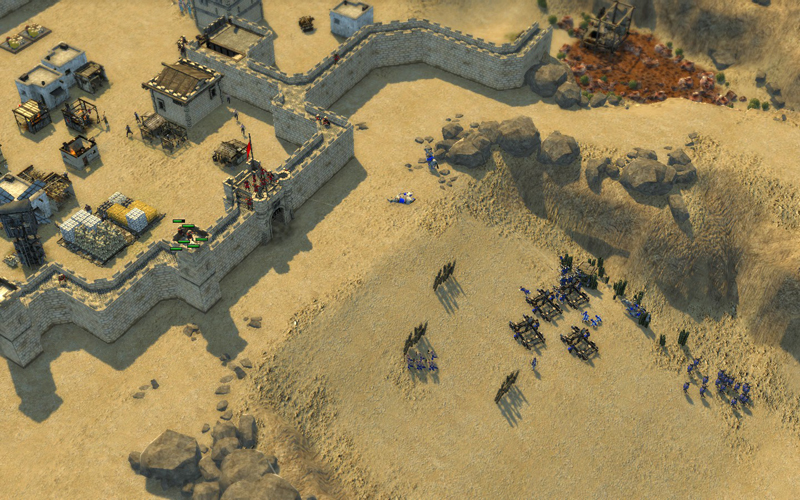
Attempts to actually play Stronghold Crusader 2 introduce us to yet another innovation – the “improved artificial intelligence”. Any mode (except Sandbox) sooner or later brings enemy troops to our walls, from which, of course, we need to defend ourselves. Pf, piece of cake! After all, there are archers on the watchtowers who… have obediently fallen from enemy arrows without even firing a shot. Okay, plan B. We bring out a fresh squad of spearmen outside the fortress walls and give the enemy a fight! Wait, where are you going? Why are you chasing after that lion? Why are the enemies setting each other on fire? Why does the imam bless the oil puddles?!
This is the kind of range of questions provoked by the behavior of the local AI. Units react to orders in the most unpredictable ways, choose the most absurd and dangerous routes, attack using tactics known only to them – literally do everything to drive their lord crazy. So be prepared for the fact that in your absence, the siege squad will enthusiastically scratch their noses on the enemy fortress, and when another malfunction is discovered among the subordinates, there will be no one left to give orders. Tragic, to say the least.
Unfortunately, this list of nastiness doesn’t end there. On the other hand, after the aforementioned flaws, they don’t seem so terrible. I no longer want to exaggerate the problem of unnecessarily long loading times, disappearing interface, questionable optimization, periodic crashes, cheap design – and a whole bunch of other minor issues. There are countless unpleasant surprises in the game, but many of them can be fixed with patches and are not worth mentioning. Well, except that series veterans will have to discover with horror the disappearance of a significant portion of the combat units. It was to be expected, wasn’t it?
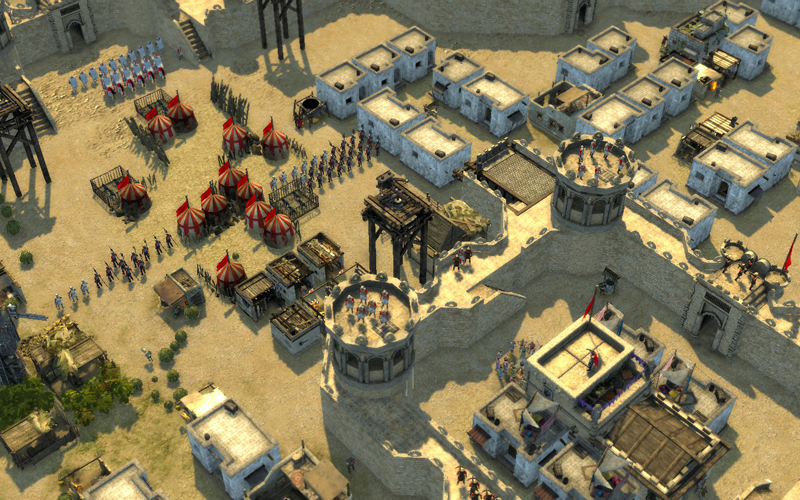
Now the strangest thing is that even in such wild conditions, it is interesting to play. Yes, paradoxically: at some point, the darkness of assumptions and mistakes fades into the background, allowing all this magnificence to work. It is here that you discover that you derive genuine pleasure from the game, building your fortress, raising livestock for your subjects, and carefully planning the next attack on a neighboring outpost, while thieves roam the court and farmers complain about locusts. Without bugs, Crusader 2 becomes a proper and moderately challenging strategy game, in which it is not embarrassing to spend an evening or two. Apparently, the original’s enthusiasm still makes itself known and shows no signs of retiring.
So, in the end, is it a good game? It all depends on how you spent the early 2000s. It may captivate fans with old love that no bugs can hinder. For other fans of the Stronghold Crusader genre, it is a mediocre strategy game, and finding a more quality replacement for it will certainly not be difficult.
Share
Discuss
More Reviews
